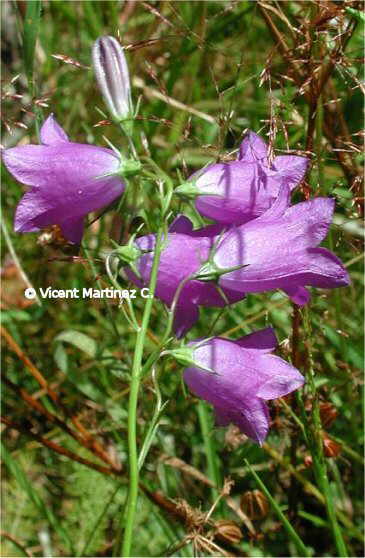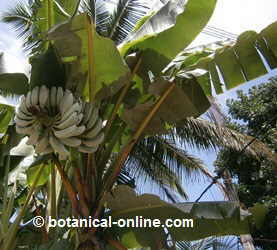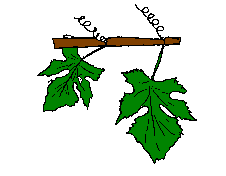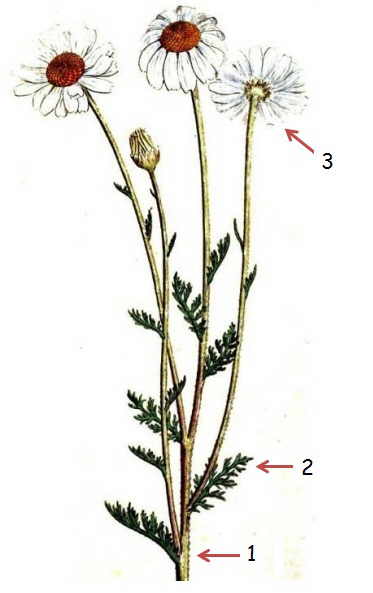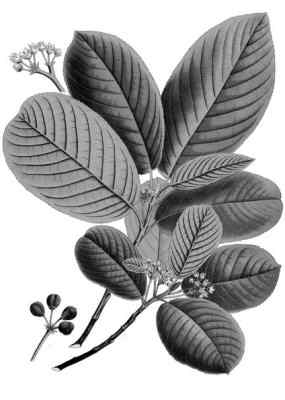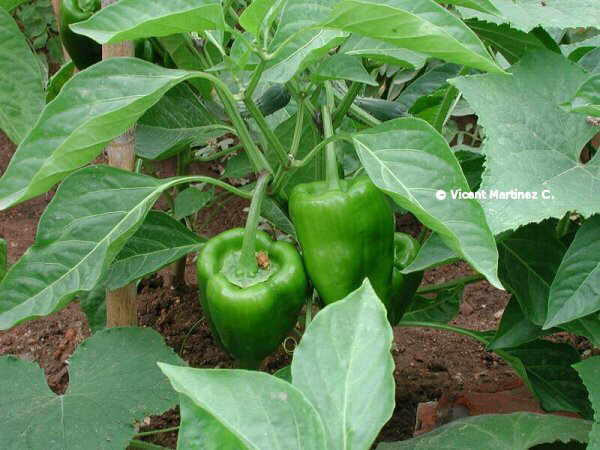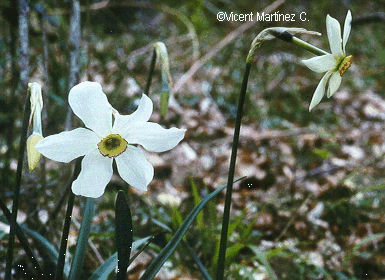Contents
What is an anise plant?
Characteristics of anise (Pimpinella anisum)
Common English name : Anise, aneseed
Anise comes from the Latin word “anisum” which in turn derives from the Greek “Anisos”.
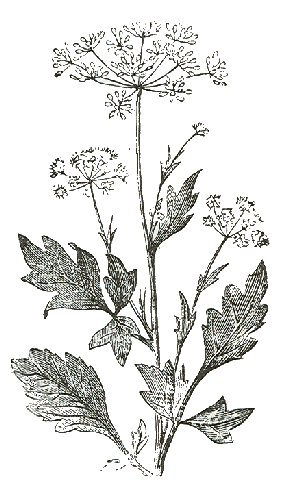
Scientific name: Pimpinella anisum L. = Anisum vulgare
Family. Umbelliferae
Habitat: It comes from eastern Europe in the area that currently includes Middle East, Turkey, Egypt, Greece and the Greek islands, where it grows wild. Currently listed as a species cultivated in many warm regions in the world although it is very difficult to become naturalized outside their place of origin and only be grown from seeds planted in April (See more details about its cultivation in the listing below)
Between the main producers of the world are Turkey, China, India, Mexico, Spain and Germany. Anise of better quality is produced in Spain.
Characteristics of anise
Perennial plant of the Umbelliferae family of up to 50 cm in height. Stems erect, pubescent, rounded and striated arising from a woody root. Leaves petiolate, the lower heart-shaped and lobed, 2-5 cm in length, the upper lanceolate-linear, and very divided. White flowers about 3 mm in diameter, together in umbels, with long stalks, with five petals. Fruit of 3-5 mm in diachenium, aromatic and provided with 5 rows.
Harvesting and conservation: The fruits of this plant are harvested in summer before fully mature. The plant is hung in a shady place to dry. Once dry, it is beaten to make the fruit fall. These are dried in the shade and stored in clean and sealed containers, in a dry and shaded place.
Components
- Acids: ascorbic, anisic, caffeic (fruit), chlorogenic (plant)
- Terpenes: alphapinene, betapinene, sabinene, betabisolobene, betafarnesene, alphazingiberene. (fruit)
- Coumarins: bergapten, scopolamine
- Essential oil, rich in anethole = transanethole, dianethole, photoanetole, thymol, eugenol. (Fruit and plant)
- Flavonoids: rutin (fruit), quercetin, luteolin (plant)
- Furfural (Fruit)
- Isovitexin (Fruit)
- Stigmaterol (Plant)
- Minerals: boron, calcium, copper, phosphorus, iron, magnesium, manganese, potassium, sodium, zinc. (fruit)
![]() More information on anise
More information on anise

